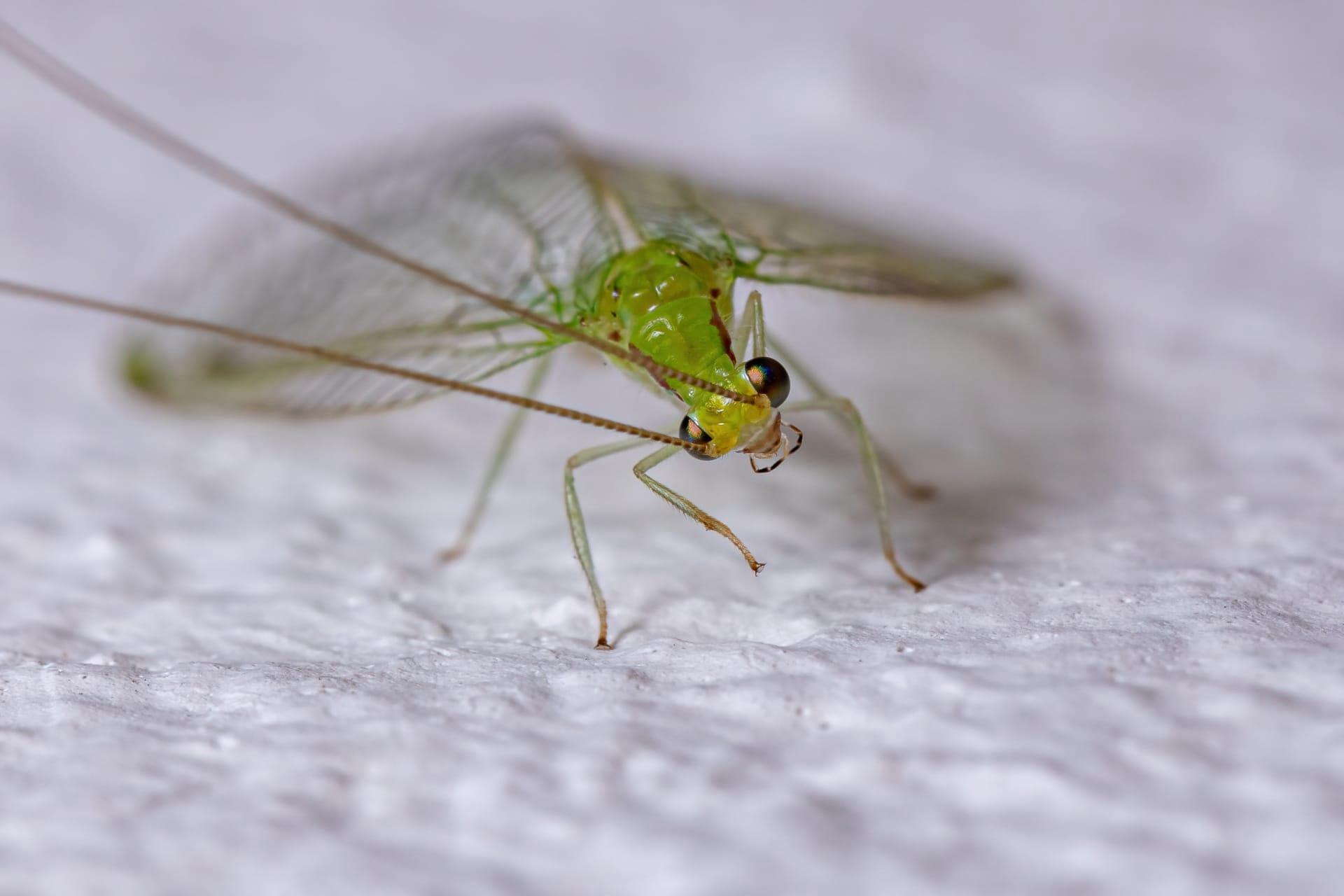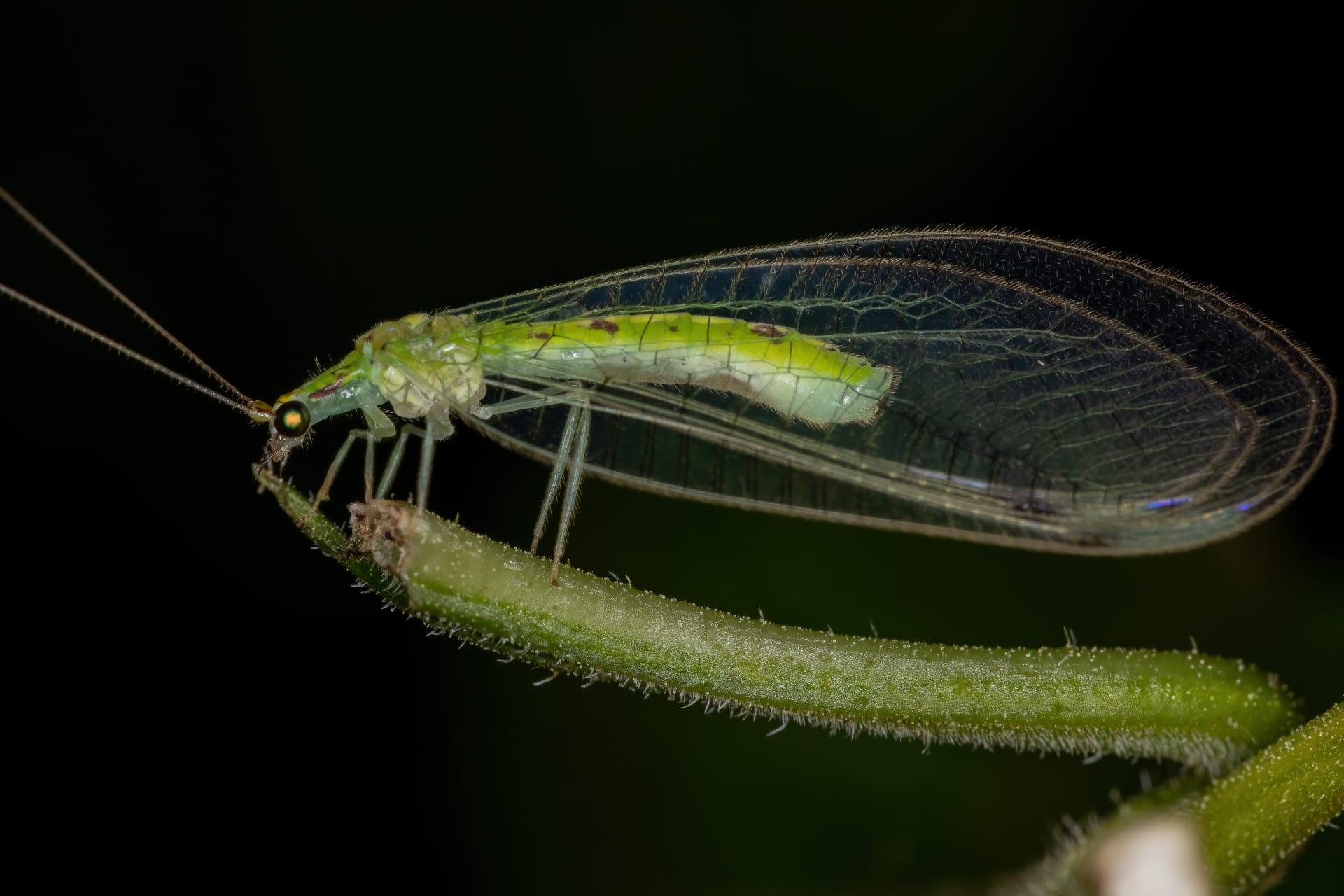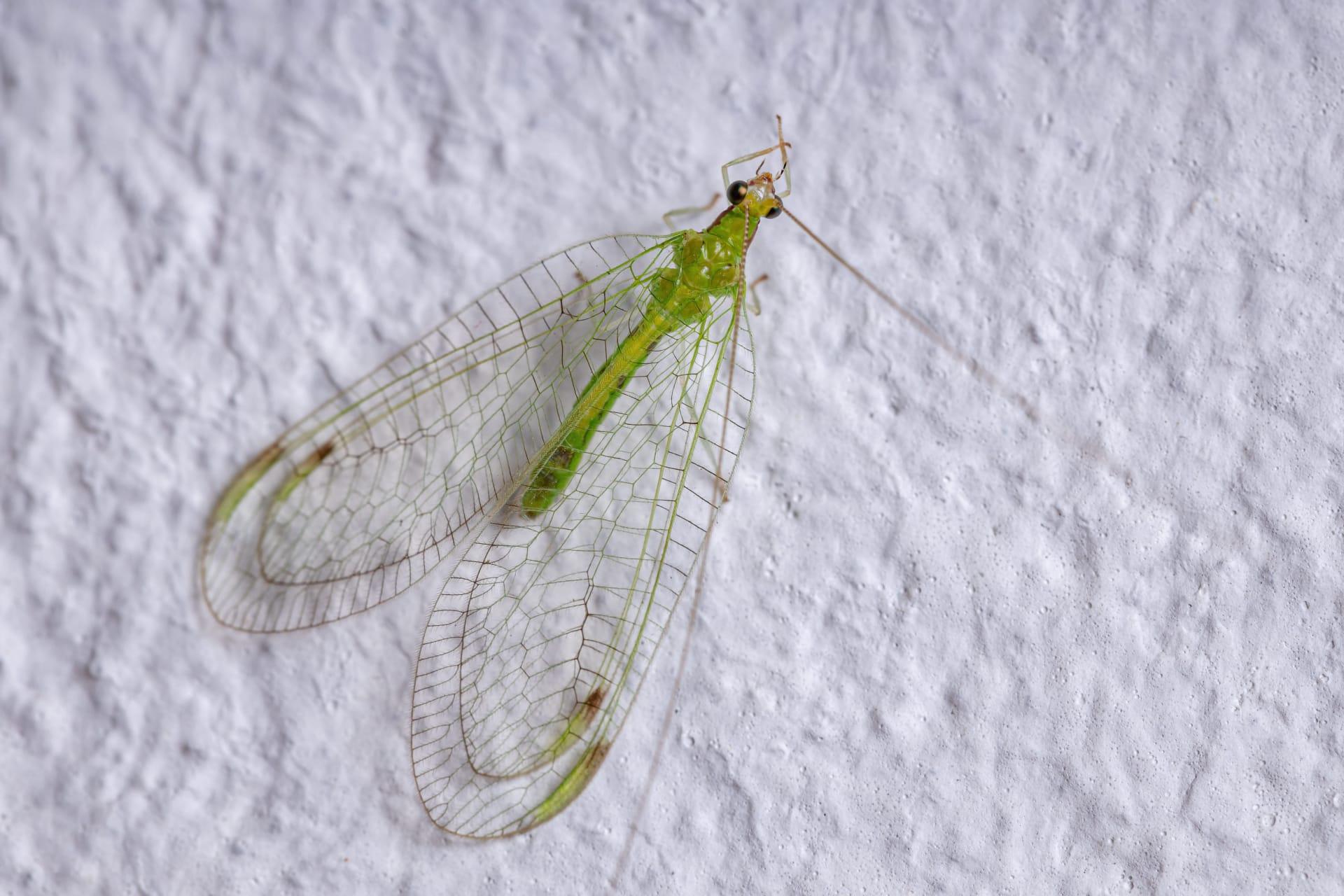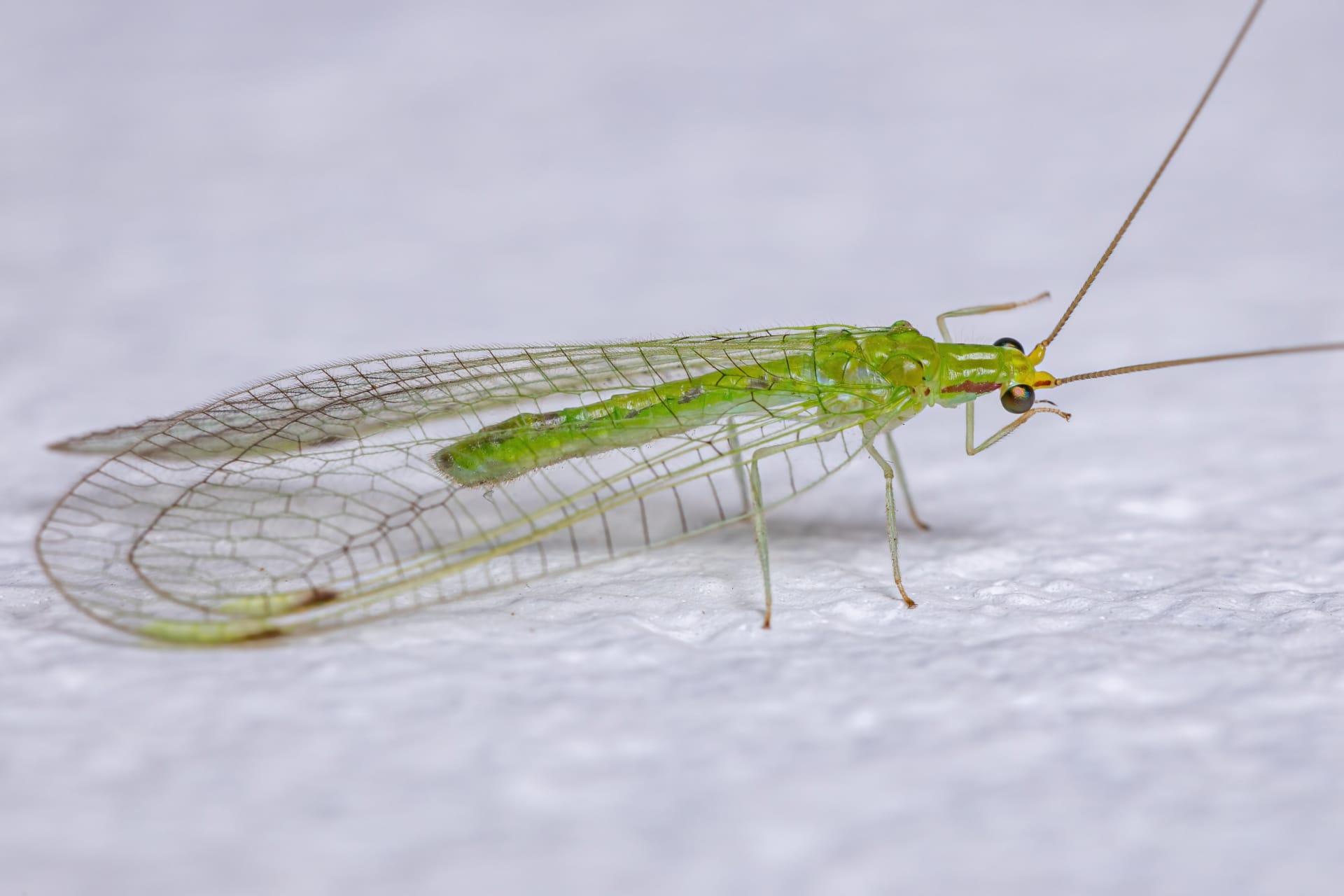Green Lacewing
- Home /
- Mini Encyclopedia /
- Animal /
- Green Lacewing
1
The green lacewing, scientifically classified as a member of the Chrysopidae family, belongs to the order Neuroptera. This family encompasses over 2,000 species globally, each distinct in its own right. The green lacewing, with its delicate, translucent wings and bright, iridescent eyes, is a standout member of this group. These insects are characterized by their long, slender antennae and a body length typically ranging from 0.3 to 0.6 inches (8 to 15 mm).
Green lacewings are found in various habitats around the world, thriving in temperate and tropical regions. They are particularly common in North America, Europe, and Asia, inhabiting gardens, meadows, and agricultural fields. These adaptable insects prefer environments where vegetation is abundant, as it provides them with ample feeding and breeding opportunities. Their wide distribution is a testament to their adaptability and resilience in different environmental conditions.

2
Question: Are green lacewings harmful to plants?
Answer: Contrary to this common misconception, green lacewings are not harmful to plants. In fact, they are beneficial insects in agriculture and gardening. Adult lacewings primarily feed on nectar, pollen, and honeydew, while their larvae, known as "aphid lions," are voracious predators of soft-bodied pests like aphids, mites, and mealybugs. Their presence in a garden or farm is a boon to plant health, as they help control pest populations naturally without the need for chemical pesticides.

3
Green lacewings have evolved several intriguing survival strategies. The larvae, with their fierce, alligator-like appearance, are equipped with large, pincer-like mandibles used for grasping prey. These larvae often camouflage themselves by adorning their bodies with debris and the remains of their victims, making them less visible to both predators and prey. This effective disguise not only protects them but also aids in their predatory efficiency.
Adult green lacewings, on the other hand, employ a different tactic. When threatened, they release a foul-smelling substance from glands at the base of their wings. This odor is highly effective in deterring predators. Additionally, their green coloration provides excellent camouflage among foliage, making it difficult for predators to spot them. This combination of chemical defense and visual stealth helps ensure their survival in various environments.

4
In ecosystems, green lacewings play a significant role as both predators and prey. As predators, their larvae contribute to controlling populations of agricultural pests, thus maintaining the health and balance of plant communities. This predatory behavior makes them valuable allies in integrated pest management (IPM) programs, reducing the need for chemical pesticides and promoting ecological balance.
As prey, green lacewings are an important food source for various birds, bats, and other insectivores. Their presence in an ecosystem indicates a healthy, biodiverse environment. The interaction between green lacewings and their predators and prey is a fine example of the complex food webs that sustain ecological communities. Their role underscores the interconnectedness of species and the importance of each organism in maintaining the health of our planet's ecosystems.

5
Film: "Winged Allies: Lacewings of the World" is a documentary produced in the United Kingdom in 2021. This film explores the fascinating world of lacewings, with a focus on the green lacewing. It highlights their role in natural pest control, their unique life cycle, and the challenges they face in changing environments. The documentary combines stunning macro photography with expert interviews, offering viewers an intimate look at these beneficial insects.
Book: "Insects of the Garden: Exploring the Green Lacewing" is a comprehensive guide authored by British entomologist Dr. Emily Hart in 2019. This book delves into the biology, behavior, and ecological significance of green lacewings. It's written for both enthusiasts and professionals, blending scientific rigor with accessible language to paint a vivid picture of these insects' lives.
Book: "Natural Predators: The Green Lacewing's Role in Biological Control" was published in the United States in 2022 by entomologist Dr. John Miller. This work focuses on the green lacewing's importance in agriculture as a natural predator of pests. Miller combines case studies, research findings, and practical tips for gardeners and farmers, illustrating how green lacewings can be integrated into sustainable farming practices.